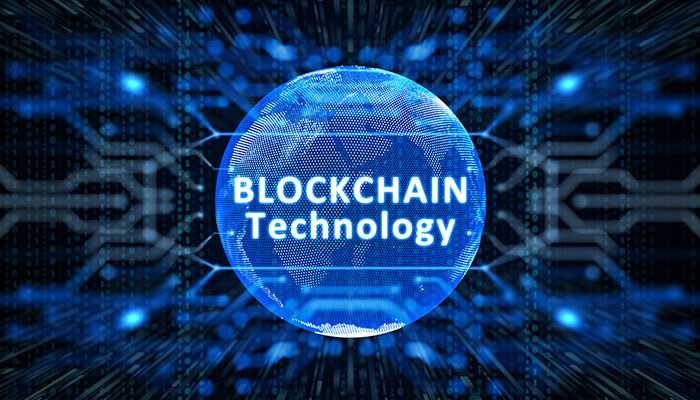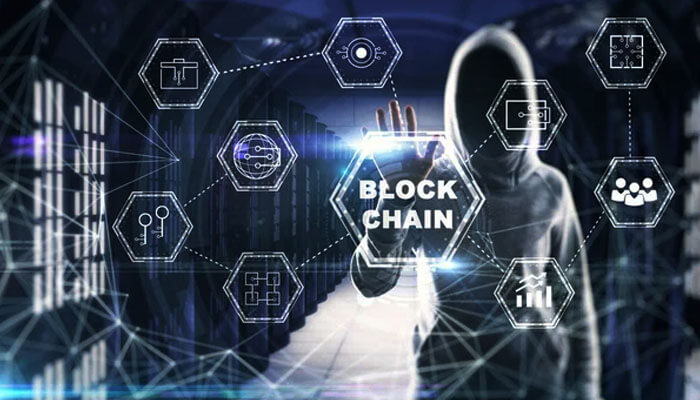Blockchain technology, at its core, is a decentralized and transparent system that offers a novel approach to transforming traditional supply chains. Supply chains, the intricate networks that facilitate the production and distribution of goods, play a pivotal role in global commerce. This article aims to explore the potential of blockchain in revolutionizing supply chains by providing real-time visibility, enhancing transparency, and addressing the challenges inherent in traditional systems. Amidst these transformations, it’s crucial to acknowledge the role of emerging technologies such as immediategp.org, an online trading solution that embodies the principles of blockchain for secure and transparent transactions.
Understanding Blockchain Technology
1. Core Principles of Blockchain
a. Decentralization:
The elimination of central authorities fosters a distributed network, reducing dependency on a single entity.
b. Transparency:
Blockchain’s transparent ledger ensures that all participants have access to the same information, promoting trust and accountability.
c. Immutability:
Once data is recorded on the blockchain, it cannot be altered or tampered with, ensuring the integrity of transactions.
2. Smart Contracts and Their Role in Supply Chains
Smart contracts, self-executing contracts with coded terms, automate and enforce agreements within the supply chain, streamlining processes and minimizing the risk of human error.
3. Cryptographic Security Measures
The use of cryptographic techniques ensures the security and integrity of data on the blockchain, safeguarding sensitive information and transactions from unauthorized access.
Current Challenges in Traditional Supply Chains
1. Lack of Transparency
Traditional supply chains often suffer from a lack of transparency, with stakeholders having limited access to real-time information, leading to inefficiencies and delays.
2. Inefficiencies and Delays
Manual processes and paper-based documentation contribute to inefficiencies and delays, hindering the overall speed and responsiveness of supply chains.
3. Trust Issues in the Supply Chain
Trust is a critical factor in supply chains, and issues such as counterfeit products and disputes can erode trust among participants.
Blockchain’s Impact on Supply Chain Transparency
1. Real-time Visibility into the Supply Chain
Blockchain enables real-time monitoring and tracking of goods, providing stakeholders with instant visibility into the movement and status of products.
2. Traceability of Goods and Transactions
The immutable nature of blockchain records allows for complete traceability of goods and transactions, reducing the risk of fraud and ensuring authenticity.
3. Enhanced Product Authenticity
Blockchain’s ability to verify and record every step in the supply chain enhances product authenticity, reducing the prevalence of counterfeit goods.
Improving Efficiency through Blockchain in Supply Chains
1. Streamlining Processes with Smart Contracts
Smart contracts automate and streamline various supply chain processes, reducing the need for intermediaries and minimizing delays.
2. Reduction of Manual Errors and Fraud
The decentralized and transparent nature of blockchain reduces the likelihood of manual errors and fraud, enhancing the overall reliability of supply chain data.
3. Cost Savings and Resource Optimization
By eliminating inefficiencies and automating processes, blockchain contributes to cost savings and resource optimization within the supply chain.
Blockchain Adoption in Different Industries
1. Healthcare and Pharmaceutical Supply Chains
Blockchain ensures the secure and transparent tracking of pharmaceuticals, reducing the risk of counterfeit drugs and improving patient safety.
2. Food and Beverage Industry
Enhanced traceability in the food supply chain minimizes the impact of foodborne illnesses, safeguards brand reputation, and ensures compliance with regulatory standards.
3. Automotive and Manufacturing Sectors
Blockchain’s application in these sectors improves the traceability of components, facilitates efficient recalls, and enhances the overall quality control process.
Overcoming Challenges and Adoption Barriers
1. Regulatory and Compliance Challenges
Adherence to existing regulations and the development of new regulatory frameworks are essential to overcoming legal challenges associated with blockchain adoption in supply chains.
2. Integration with Existing Systems
Integrating blockchain with legacy systems poses challenges, requiring careful planning and execution to ensure a smooth transition without disruptions.
3. Education and Awareness
Educating stakeholders about the benefits and functionalities of blockchain is crucial for widespread adoption, overcoming skepticism, and fostering a culture of trust in the technology.
Future Trends and Emerging Technologies in Blockchain and Supply Chains
1. Interoperability of Blockchain Networks
Efforts to establish interoperability among different blockchain networks will further enhance collaboration and information sharing across supply chains.
2. Integration with IoT and AI
The integration of blockchain with Internet of Things (IoT) devices and artificial intelligence (AI) will enable advanced data analytics, predictive modeling, and real-time decision-making in supply chain management.
3. Evolution of Supply Chain 4.0
The convergence of blockchain, IoT, AI, and other technologies is paving the way for Supply Chain 4.0, characterized by unprecedented connectivity, automation, and intelligence.
Conclusion
In conclusion, the transformative potential of blockchain technology in revolutionizing supply chains is underscored by its capacity to deliver transparency, traceability, and efficiency. The adoption of blockchain represents a paradigm shift in supply chain management, propelling the industry toward a future characterized by enhanced security, transparency, and automation. Looking ahead, as blockchain technology matures, its integration into supply chains is poised to become increasingly seamless, ushering in a new era of heightened efficiency, trust, and collaboration for businesses on a global scale.




